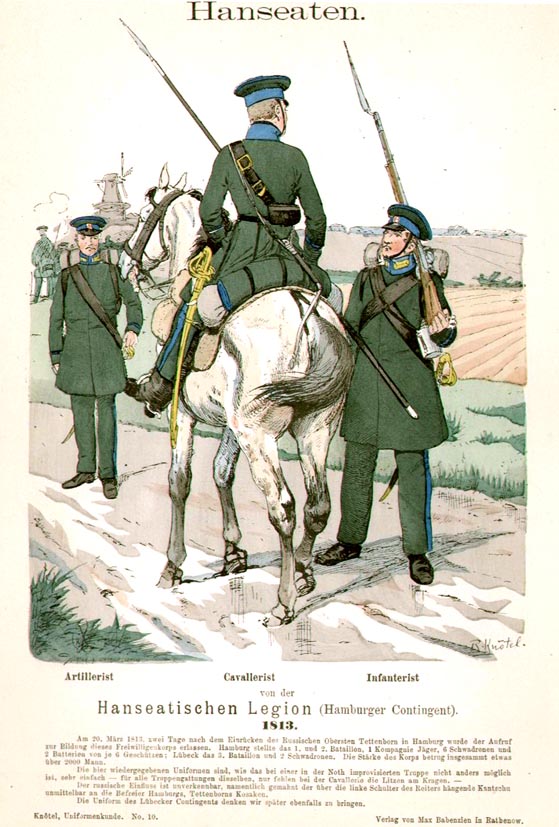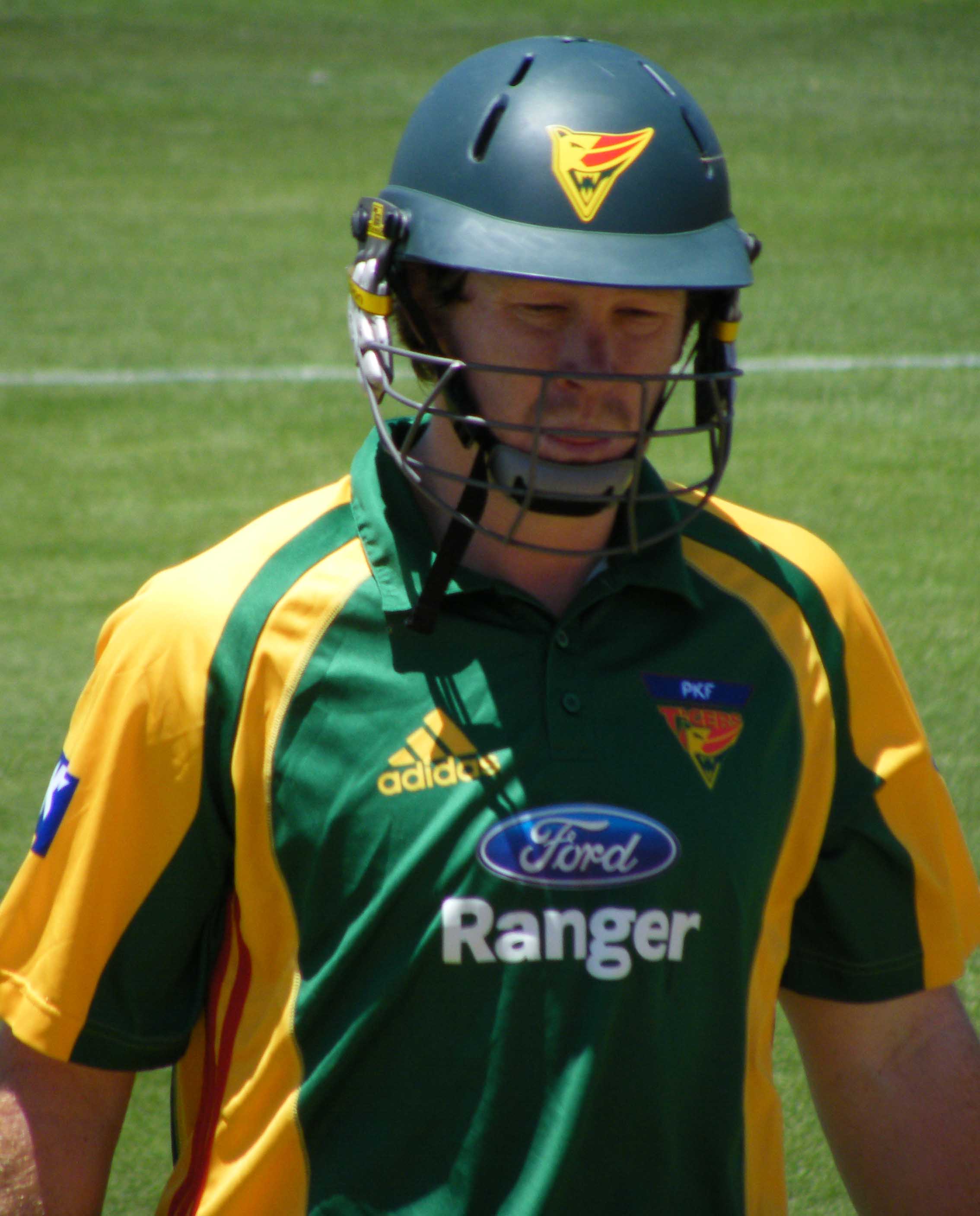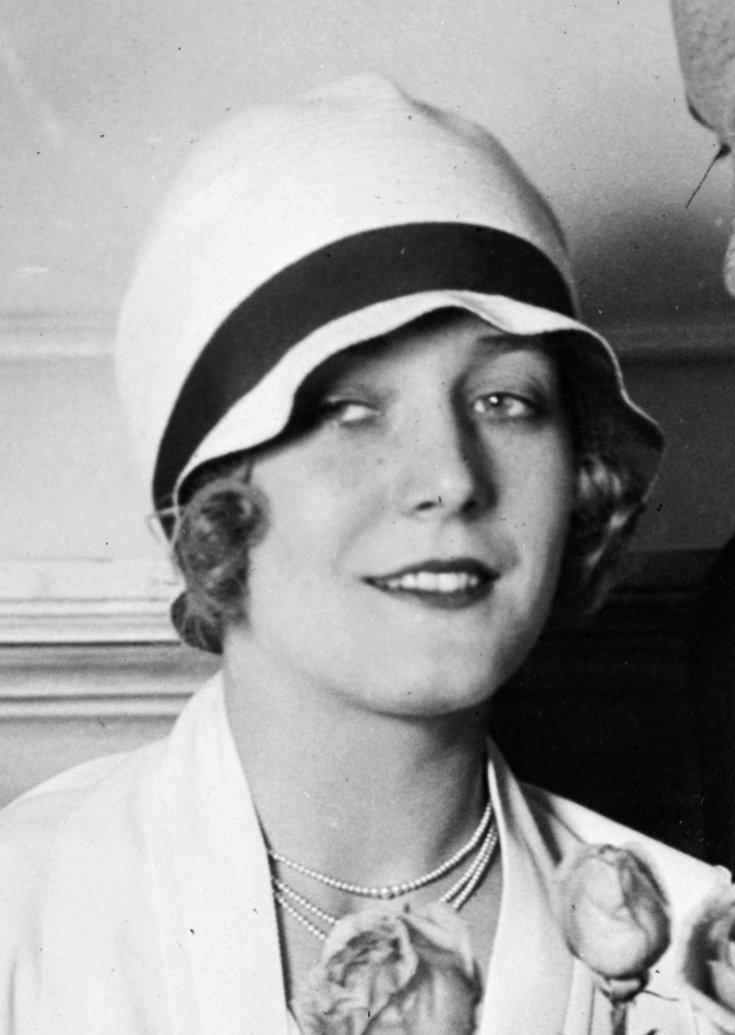|
List Of Headgear
This is an incomplete list of headgear (anything worn on the head), both modern and historical. Hats File:Akubra-style hat.jpg, Akubra File:98-5-E Helmet, Flight, U.S. Army Air Corps, Type A-II (5123665596).jpg, Leather flight helmet File:Balmoral bonnet black.jpg, Balmoral File:Baseball cap.jpg, Baseball cap File:Paulgoldschmidt1-head.jpg, Batting helmet File:Beanie 1.jpg, Beanie or ''skully'' and or visor beanie. File:Jonathan_Bourne-May_(cropped).jpg, Bearskin cap File:Beaver-felt-hat-ftl.jpg, Beaver hat File:Sven Palmqvist 1965.jpg, Beret File:StrawBoater.jpg, Boater (also basher, skimmer, cady, katie, somer, or sennit hat) File:Hufflepuff Hat.jpg, Bobble hat (tuque) File:Tigerstripehat.JPG, Boonie hat File:Bundesarchiv_Bild_102-00635%2C_Rotarmist_mit_Budjonny-Mütze.jpg, Budenovka File:A girl with a beautiful smile.jpg, Bucket hat, also ''fishing hat'', ''ratting hat'' (UK) or ''Dixie Cup hat'' (US) File:PaulStrandBowlerHat.jpg, Bowler or Derby File:Buntaljfccc.JPG, ... [...More Info...] [...Related Items...] OR: [Wikipedia] [Google] [Baidu] |
Beret
A beret ( or ; ; eu, txapela, ) is a soft, round, flat-crowned cap, usually of woven, hand-knitted wool, crocheted cotton, wool felt, or acrylic fibre. Mass production of berets began in 19th century France and Spain, and the beret remains associated with these countries. Berets are worn as part of the uniform of many military and police units worldwide, as well as by other organizations. History Archaeology and art history indicate that headgear similar to the modern beret has been worn since the Bronze Age across Northern Europe and as far south as ancient Crete and Italy, where it was worn by the Minoans, Etruscans and Romans. Such headgear has been popular among the nobility and artists across Europe throughout modern history. The Basque-style beret was the traditional headgear of Aragonese and Navarrian shepherds from the Ansó and Roncal valleys of the Pyrenees, a mountain range that divides southern France from northern Spain. The commercial production of ... [...More Info...] [...Related Items...] OR: [Wikipedia] [Google] [Baidu] |
Headgear
Headgear, headwear, or headdress is the name given to any element of clothing which is worn on one's head, including hats, helmets, turbans and many other types. Headgear is worn for many purposes, including protection against the elements, decoration, or for religious or cultural reasons, including social conventions. Purposes Protection or defence Headgear may be worn for protection against cold (such as the Canadian tuque), heat, rain and other precipitation, glare, sunburn, sunstroke, dust, contaminants, etc. Helmets are worn for protection in battle or against impact, for instance when riding bicycles or motor vehicles. There are also hats that are worn for protection from the cold. Fashion Headgear can be an article of fashion, usually hats, caps or hoods. The formal man's black silk top hat was formerly an indispensable portion of the suit, and women's hats have, over the years, attained a fantastic number of shapes ranging from immense confections to no mo ... [...More Info...] [...Related Items...] OR: [Wikipedia] [Google] [Baidu] |
Busby (military Headdress)
Busby is the English name for the Hungarian ('fur shako') or , a military head-dress made of fur, originally worn by Hungarian hussars. In its original Hungarian form the busby was a cylindrical fur cap, having a bag of coloured cloth hanging from the top. This bag could be filled with sand and the end attached to the right shoulder as a defence against sabre cuts. History The popularity of the military headdress in its hussar form reached a height in the years immediately before World War I (1914–1918). It was widely worn in the Belgian ( Guides and field artillery), British (hussars, yeomanry, and horse artillery), Dutch (cavalry and artillery), Italian (light cavalry) German (hussars), Russian (hussars),, Serbian (Royal Guard) and Spanish (hussars and mounted ''cazadores'') armies. Several armies have continued to use the headdress as a part of their full dress uniforms. There were some variations in the materials of which cavalry busbies were made. Russian Cossacks of th ... [...More Info...] [...Related Items...] OR: [Wikipedia] [Google] [Baidu] |
Newsboy Cap
The newsboy cap, newsie cap, or baker boy hat (British) is a casual-wear cap similar in style to the flat cap. It has a similar overall shape and stiff peak (visor) in front as a flat cap, but the body of the cap is rounder, made of eight pieces, fuller, and paneled with a button on top, and often with a button attaching the front to the brim (as the flat cap sometimes has). History The style was popular in Europe and North America in the early 20th century among both boys and adult men. As the name suggests, it was at the time associated with newspaper boys. This gives rise to a misunderstanding. It is true that many newspaper boys and other working boys at the time wore flat caps along with other styles. This style was not, however, worn only by boys. Flat caps were very common for North American and European men and boys of all classes during the early 20th century and were almost universal during the 1910s-20s, particularly among the working "lower" classes. A great ... [...More Info...] [...Related Items...] OR: [Wikipedia] [Google] [Baidu] |
Dhaka Topi
The Dhaka topi ( ne, ढाका टोपी ), or Nepali topi, is a hat which is popular in Nepal, and which forms part of Nepalese national dress, worn by men on celebrations. History ''Dhaka ko Topi'' literately means a "headgear made of Dhaka cloth", a fine cotton cloth once exclusively imported from Dhaka, the present-day capital of Bangladesh. The Dhaka topi was a part of the Nepalese national dress, and a symbol of Nepalese nationality. It became popular during the reign of King Mahendra, who ruled between 1955 and 1972, and made wearing a Dhaka topi mandatory for official photographs for passports and documents. Dhaka Topis are given away as gifts during Dashain and Tihar festivals. Dhaka topi was also worn by government officials as a part of the national dress. In the times of king Mahendra Dhaka topis for rent was available near the Singha Durbar (literally Lion Hall) in Kathmandu. The badge of kukri cross is worn on the cap largely by officials in Kathmandu o ... [...More Info...] [...Related Items...] OR: [Wikipedia] [Google] [Baidu] |
Cowboy Hat
The cowboy hat is a high-crowned, wide-brimmed hat best known as the defining piece of attire for the North American cowboy. Today it is worn by many people, and is particularly associated with ranch workers in the western and southern United States, western Canada and northern Mexico, with many country, regional Mexican and sertanejo music performers, and with participants in the North American rodeo circuit. It is recognized around the world as part of Old West apparel. The cowboy hat as known today has many antecedents to its design, including Mexican hats such as the sombrero, the various designs of wide-brimmed hat worn by farmers and stockmen in the eastern United States, as well as the designs used by the United States Cavalry. The first western model was the open-crowned " Boss of the Plains", and after that came the front-creased Carlsbad, destined to become "the" cowboy style.Foster-Harris, p. 106. The high-crowned, wide-brimmed, soft-felt western hats that ... [...More Info...] [...Related Items...] OR: [Wikipedia] [Google] [Baidu] |
Coonskin Cap
A coonskin cap is a hat fashioned from the skin and fur of a raccoon. The original coonskin cap consisted of the entire skin of the raccoon including its head and tail. Beginning as traditional Native American headgear, coonskin caps became associated with American frontiersmen of the 18th and 19th centuries, and were highly popular among boys in the United States, Canada, the United Kingdom and Australia in the 1950s. Origin Coonskin caps were originally popular Native American article of clothing. With much of the land along the Eastern Seaboard already settled, immigrants from Germany, Scotland and Ireland (considered too 'rough' for the coastal towns by many) ventured into the forested and mountainous Appalachian region. These groups lived a subsistence lifestyle and often interacted with Native Americans in the area which included adopting some of their customs and dress. The coonskin cap quickly became a part of the iconic image associated with American frontiersmen such ... [...More Info...] [...Related Items...] OR: [Wikipedia] [Google] [Baidu] |
Combination Cap
The peaked cap, peaked hat, service cap, barracks cover or combination cap is a form of headgear worn by the armed forces of many nations, as well as many uniformed civilian organisations such as law enforcement agencies and fire departments. It derives its name from its short visor, or peak, which was historically made of polished leather but increasingly is made of a cheaper synthetic substitute. The term forage cap is also used though that also applies to "field service cap" or the side cap. Other principal components are the crown, band and insignia, typically a cap badge and embroidery in proportion to rank. Piping is also often found, typically in contrast to the crown colour, which is usually white for navy, blue for air force and green for army. The band is typically a dark, contrasting colour, often black, but may be patterned or striped. In the British Army, each regiment and corps has a different badge. In the United States Armed Forces, the cap device is uniform thr ... [...More Info...] [...Related Items...] OR: [Wikipedia] [Google] [Baidu] |
Cricket Helmet
Helmets in cricket were developed in the 20th century. History There are recorded instances of cricketers using scarves and padded caps to protect themselves throughout cricket history. Patsy Hendren was one of the first to use a self-designed protective hat in the 1930s. Helmets were not in common use until the 1970s. The first helmets were seen in World Series Cricket, with Dennis Amiss being the first player to consistently wear a helmet which was a customised motorcycle helmet. Mike Brearley was another player who wore his own design. Tony Greig was of the opinion that they would make cricket more dangerous by encouraging bowlers to bounce the batsmen. Graham Yallop of Australia was the first to wear a protective helmet to a test match on 17 March 1978, when playing against West Indies at Bridgetown. Later Dennis Amiss of England popularised it in Test cricket. Helmets began to be widely worn thereafter. The last batsmen at the highest (Test match) level to never wear ... [...More Info...] [...Related Items...] OR: [Wikipedia] [Google] [Baidu] |
Cricket Cap
A cricket cap is a type of soft cap, often made from felt, that is a traditional form of headwear for players of the game of cricket, regardless of age or gender. It is usually a tight-fitting skullcap, usually made of six or eight sections, with a small crescent shaped brim that points downwards over the brow to provide shade for the eyes. It is often, but not always, elasticised at the rear to hold it in place upon the wearer's head. Sometimes, rather than tight-fitting, the cricket cap comes in a baggy variety, that is always kept in place by elastic. Description The style of cap is also often used as official headwear as part of school uniforms for boys from private schools, particularly in the United Kingdom and throughout the Commonwealth of Nations. Although not common in the modern period, the cricket cap used to be a fashionable form of headwear for people who were casually dressed, and not necessarily worn just for playing the game. Cricket caps are usually, but ... [...More Info...] [...Related Items...] OR: [Wikipedia] [Google] [Baidu] |
Cloche Hat
The cloche hat or simply cloche () is a fitted, bell-shaped hat for women that was invented in 1908 by milliner Caroline Reboux. They were especially popular from about 1922 to 1933. Its name is derived from ''cloche'', the French word for "bell". The popularity and influence of cloche hats was at its peak during the early twentieth century. Couture houses like Lanvin and Molyneux opened ateliers to join milliners in manufacturing hats that precisely matched their clothing designs. The hats even shaped hairstyles: the Eton crop – the short, slicked-down cut worn by Josephine Baker – became popular because it was ideal to showcase the hats' shape. Design Cloche hats were usually made of felt so that they conformed to the head, and were typically designed to be worn low on the forehead, with the wearer's eyes only slightly below the brim. In later years, a summer cloche might be made from sisal or straw. Cloches could also be made of beads or lace for evening w ... [...More Info...] [...Related Items...] OR: [Wikipedia] [Google] [Baidu] |



.jpg)
.jpg)

.jpg)



